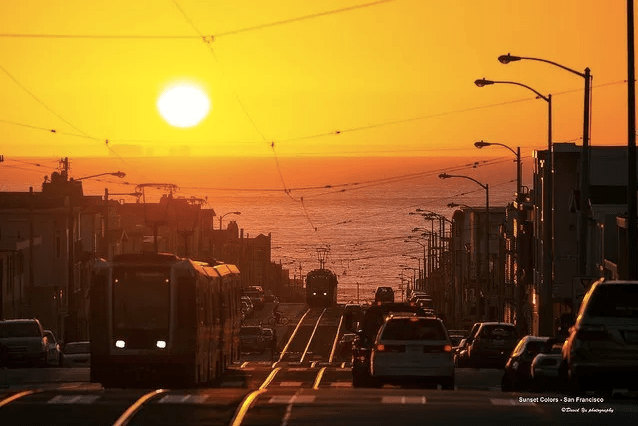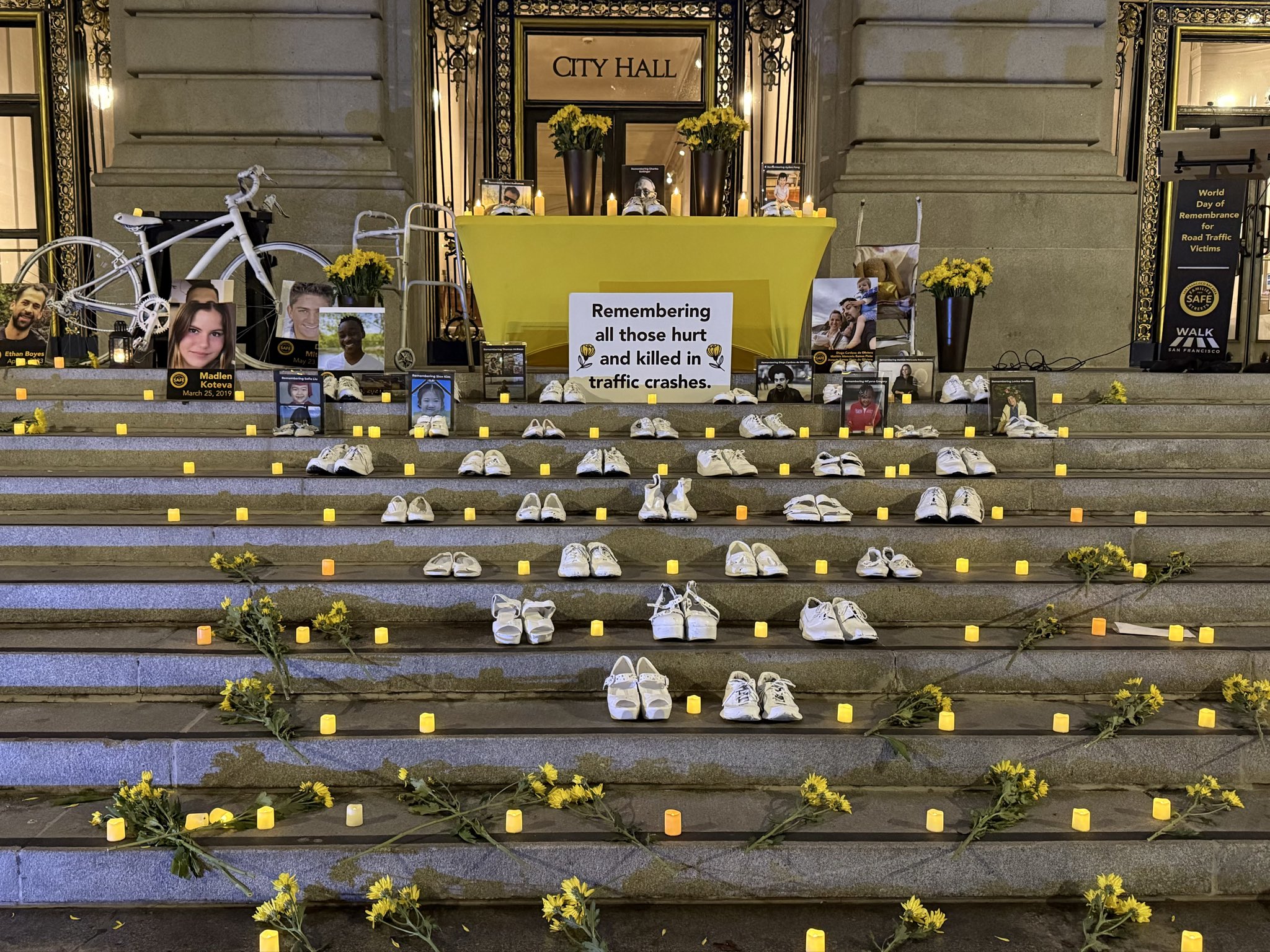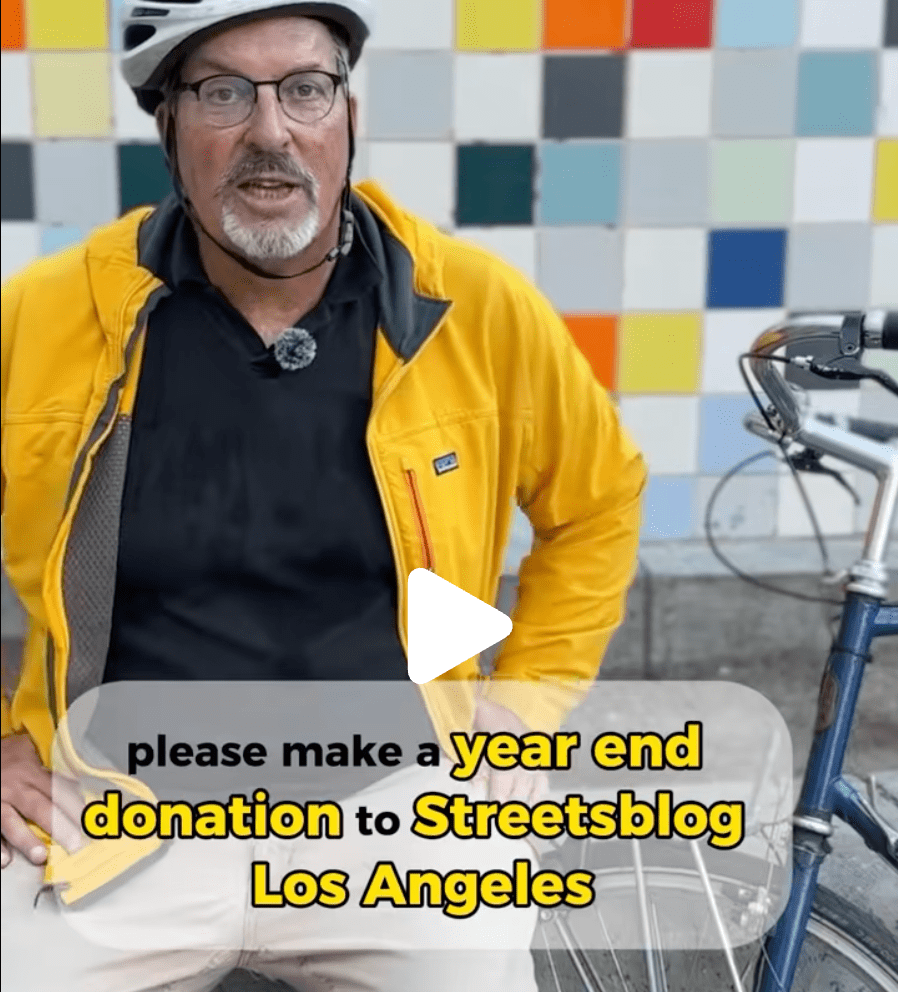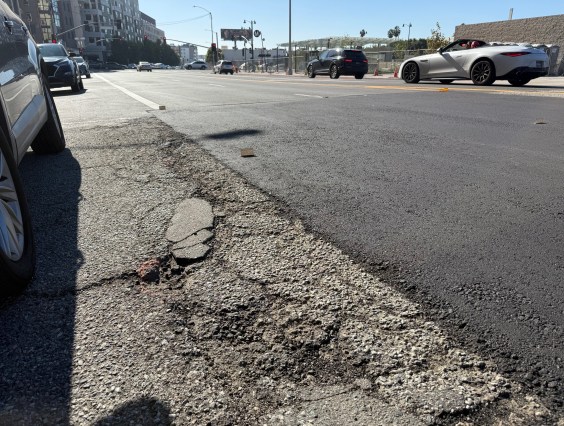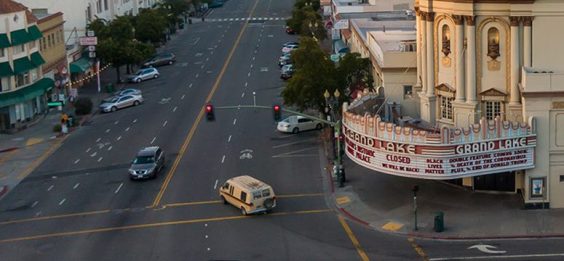Note: GJEL Accident Attorneys regularly sponsors coverage on Streetsblog San Francisco and Streetsblog California. Unless noted in the story, GJEL Accident Attorneys is not consulted for the content or editorial direction of the sponsored content.
The Sunset District is home to Muni's L Taraval and N Judah Lines which, for the most part, are bounded by low-density, single-family housing. Last week District 4 Supervisor Gordon Mar proposed a resolution to oppose State Senator Scott Wiener's SB 50, which seeks to increase density around transit.
“I support increasing density near transit, including in the Sunset, but we need the opportunity to plan for our own neighborhoods with permanently affordable housing, more open space and more robust community benefits. If we loosen zoning restrictions and increase land values, we must demand that developers meet the needs of the community,” Mar said to the Richmond Review/Sunset Beacon.
Mar goes on to justify his resolution by claiming that Wiener's bill doesn't contain affordability provisions and displacement protections. Except that it does.
From Wiener's reply to Mar's resolution (SB 50 Letter), sent today:
Your resolution falsely states that SB 50 does not allow San Francisco to ensure "a meaningful net increase in affordable housing"...the exact opposite is true: As confirmed by the San Francisco Planning Department, SB 50 will result in a significant increase in affordable housing, because far more parcels will be zoned for density and thus candidates for affordable housing (only densely zoned parcels can have affordable housing) and because more multi-unit projects mean more below market rate units under San Francisco's inclusionary' housing ordinance. Currently, affordable housing is illegal in 70 percent of San Francisco due to low density zoning. SB 50 changes that status quo, whereas your resolution perpetuates the status quo.
Wiener's letter also points out that:
The purpose of SB 50 is to address one of the root causes of California's housing crisis: hyper-low-density zoning near jobs and transit, in other words, cities banning apartment buildings and affordable housing near jobs and transit. This restrictive and exclusionary zoning was originally created one hundred years ago to keep people of color and low income people out of white neighborhoods, and it is currently exacerbating racial and income segregation. Bans on apartment buildings and affordable housing in huge swaths of California — i.e., zoning that bans all housing other than single-family homes — have fueled our state's housing affordability crisis, helped generate California's 3.5 million home deficit (a deficit equal to the combined deficits of the other 49).
As previously reported, SB 50 is a revamped version of Weiner's last attempt to lift housing density limits around transit, SB 827. That bill was strongly opposed in areas with transit that are zoned for single-family housing. The previous bill was also criticized for having insufficient levels of low-income housing or protections against displacement. This new bill is meant to address concerns about displacement and has been racking up endorsements.
Here’s the resolution that Supervisor Mar introduced to oppose #SB50 (#MoreHOMES Act). We understand that the resolution may be heard in City Hall next Monday April 1. Here’s a link if you’re interested in contacting your Supervisor to express your view: https://t.co/fX9pl2Sknv pic.twitter.com/FiGLLceSqJ
— Senator Scott Wiener (@Scott_Wiener) March 25, 2019
Mar's resolution, meanwhile, is co-sponsored by other San Francisco supervisors, including Norman Yee, Sandra Lee Fewer, Aaron Peskin, and Hillary Ronen.
